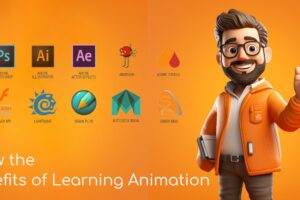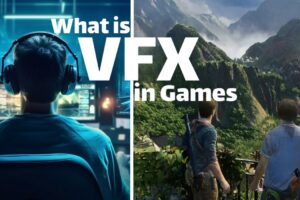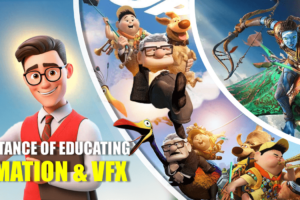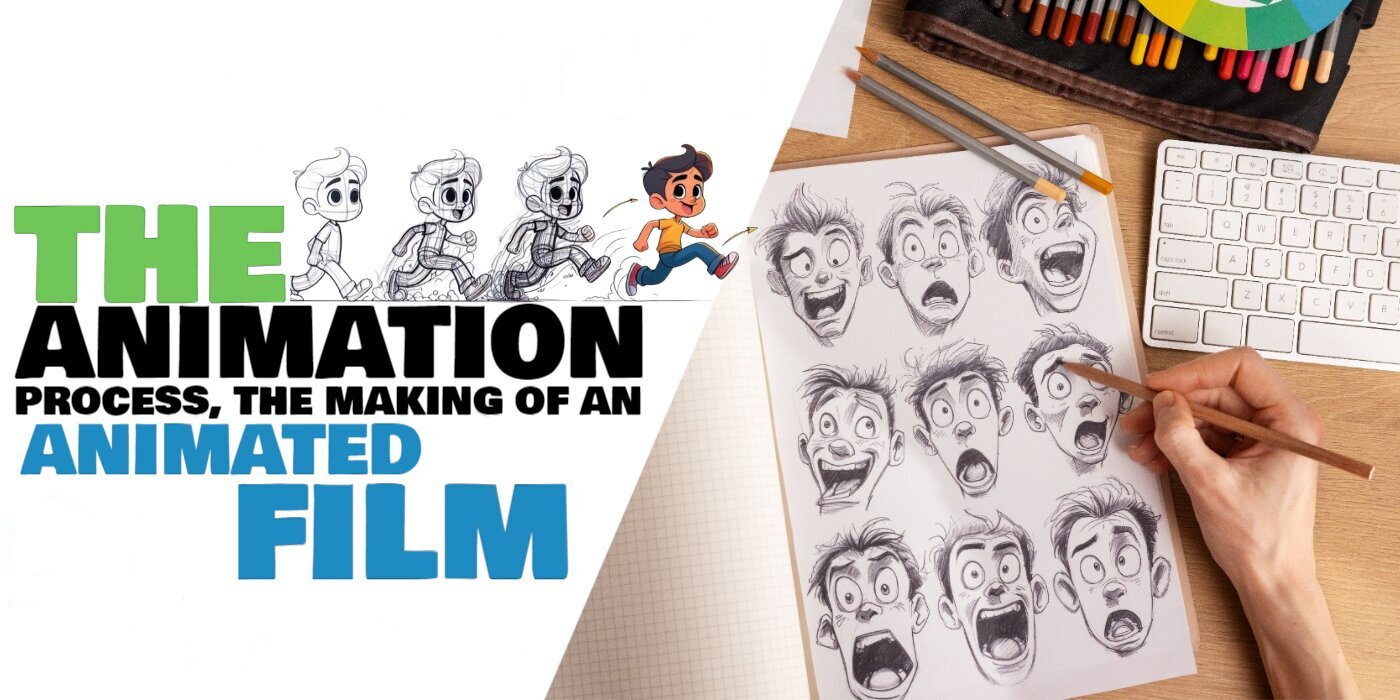
The Animation Process, The Making of an Animated Film
Introduction
The Production of a movie with VFX and animation generally requires a large team. One masterpiece is the result of the cooperation of numerous artists who are skilled in different facets of production. A crew can work more quickly on a computer-generated imagery (CGI) film due to the wide range of skills needed to create one. It may even increase the enjoyment and success of the project. The process by which a film moves from the imagination of its creator to the screen for public consumption is known as the animation production pipeline. The first step in developing your vision is to comprehend every aspect of the Animation process.
It would be best to have a strategy before you begin any animation project. This plan should outline the project’s objectives, financial constraints, and the personnel you will need to make the production happen. Comprehending the animation workflow is crucial for effectively leading your team and executing your output in a timely and cost-effective manner.
Here’s a general overview of the Animation process;
Idea Generation and Concept Development:
This is where you come up with the story, characters, and overall concept for your animated film and the steps begin. You might start with brainstorming sessions, sketches, or written outlines to develop your ideas. Although they are entertaining to watch, animated cartoons are quite difficult to make. The narrative is also the primary factor since developing an interesting plot calls for originality, natural talent, and close attention to detail. Recall that uncommon and creative concepts give your characters in animation more life. Steer clear of cliched storylines that you may have read about.
Pay attention to compelling lead characters or an ensemble of characters. Make a major character with a strong sense of self. Additionally, develop your protagonist out of their ordinary world with an interesting story to make your character stronger. While you have a solid concept for your movie, you’ll require a script for your film. Scriptwriting will involve dialogues, scenes, and any other vital aspects that are necessary for the storytelling. The Storyboard will express that the movie is a visual explanation of your script. Each scene would be dissected into individual panels that are somewhat similar to the comic strips to display the flow of the movie in a sequential method.
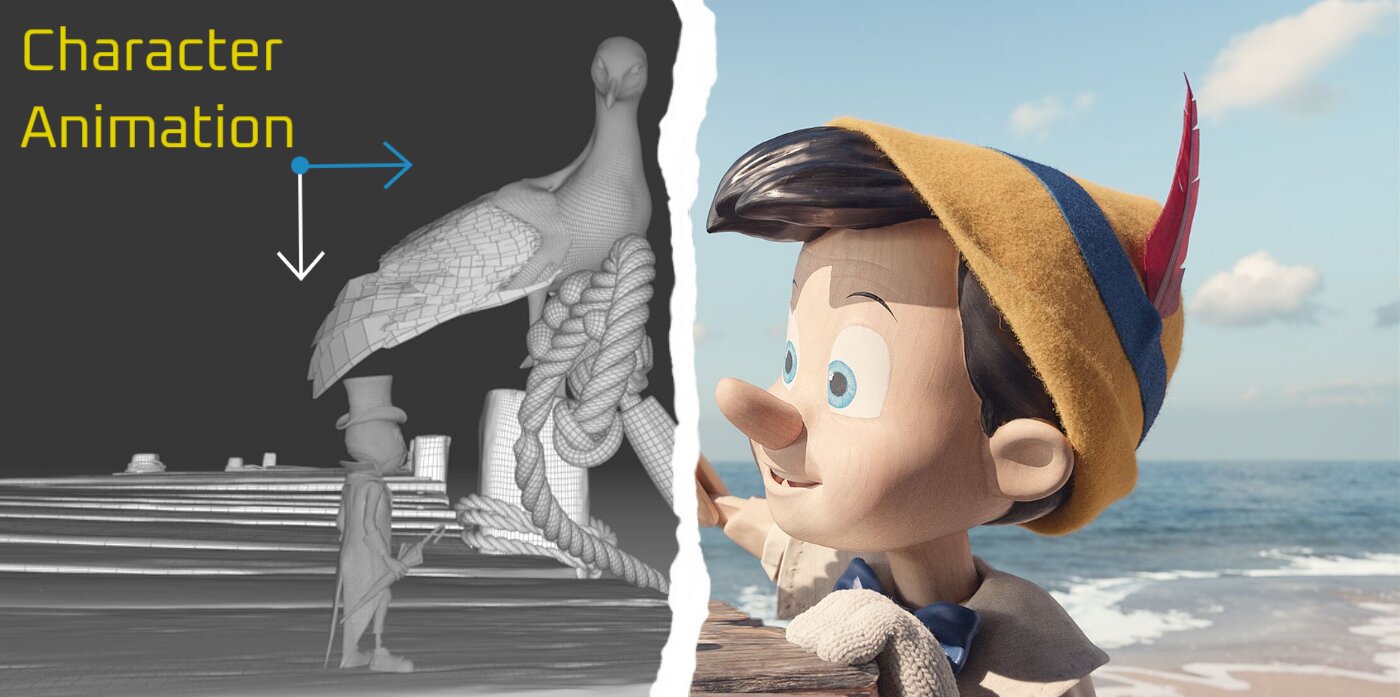
Character & Background Design:
Designing the characters involves not only defining their appearance, characters and if they have any peculiar mannerisms or details, but also creating their back story, personality, and unique character qualities; This sets the base during the film creation regarding the ‘look’ and ‘feel’ of the film.
What is called background, is where the scheme takes place. It is the physical property of the plot. Framework design is creating the illustrated settings like surroundings, exterior, and environment for the movie.
Voice Acting:
It is one of the most important steps in the animation process. emerging or quoting dialogues? You will need to find voice actors to capture your characters’ emotions. It can involve casting, taping the songs, and rehearsals towards capturing the perfect performances from actors.
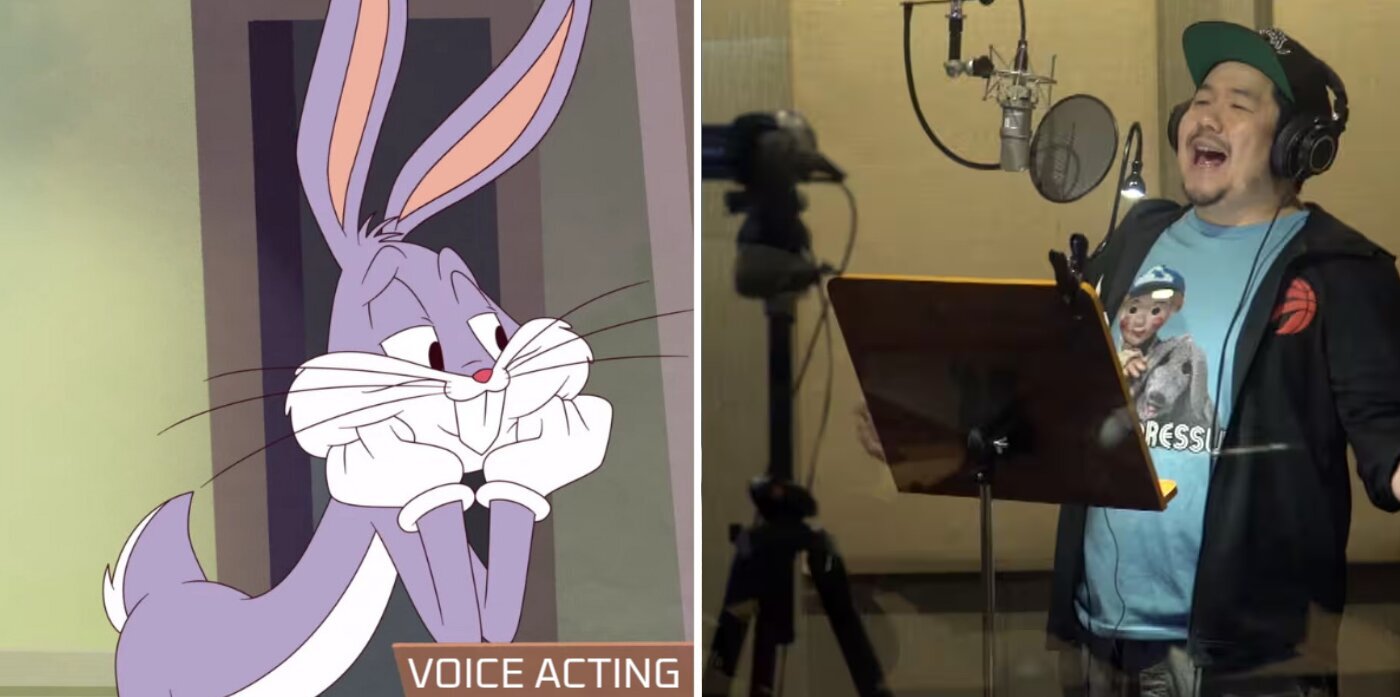
Texturing & Lighting:
Roughness, or texturing, is a great example that we can also sense, as one of our five senses is touch. Even though the audience will not physically experience the art, artists entail in their thoughts how to attract and entice sensuality. Texturing appeals to touch, one of our five senses. Although they might not physically touch their audience, artists consider how to pique and captivate their sense of touch. Texture painters use a variety of materials, including mud, fur, scales, sweat, and wrinkles, to improve the feel or appearance of a surface. Without virtual lights, animated movies would be incredibly boring. Lighting designers therefore employ light to enhance the story’s emotional impact and create a believable appearance and feel for the movie.
The primary mechanisms underlying this process are derived from the various light sources that are employed to augment a film’s aesthetic appeal and emotional impact. Lighting often aids in achieving the following advantages.
- Using lighting to establish a story’s tone in visual storytelling and forming structures
- Directing viewers’ gaze with color and light variations
- Obtaining and using reference photos & supporting the effective “light-up” and rendering of workflow
Rigging & Animation:
Prior to animating your work, there is rigging that needs to be taken care of. By connecting the items in your tale, rigging makes animating them much simpler. With rigging, you may use a network of connected digital bones to represent your 3D characters, allowing all the separate parts of your model to move and function as a single unit.
It may entail configuring and overseeing your character’s movement controls as well as creating a connection between an object’s movements in relation to one another. Once you’re done rigging, you can start animating. The animation phase is where the film really starts to come together. Using specialized software, animators will create movement and action for the characters based on the storyboard and script.
Rendering:
Rendering is the process of using specialized 3D software to transform models into useful photos. This allows you to prepare pixelated base frames or sequenced rendered graphics. Rendering is the process of converting the digital animation files into a format that can be viewed on screen. This can be a time-consuming process, especially for complex or high-resolution animations.
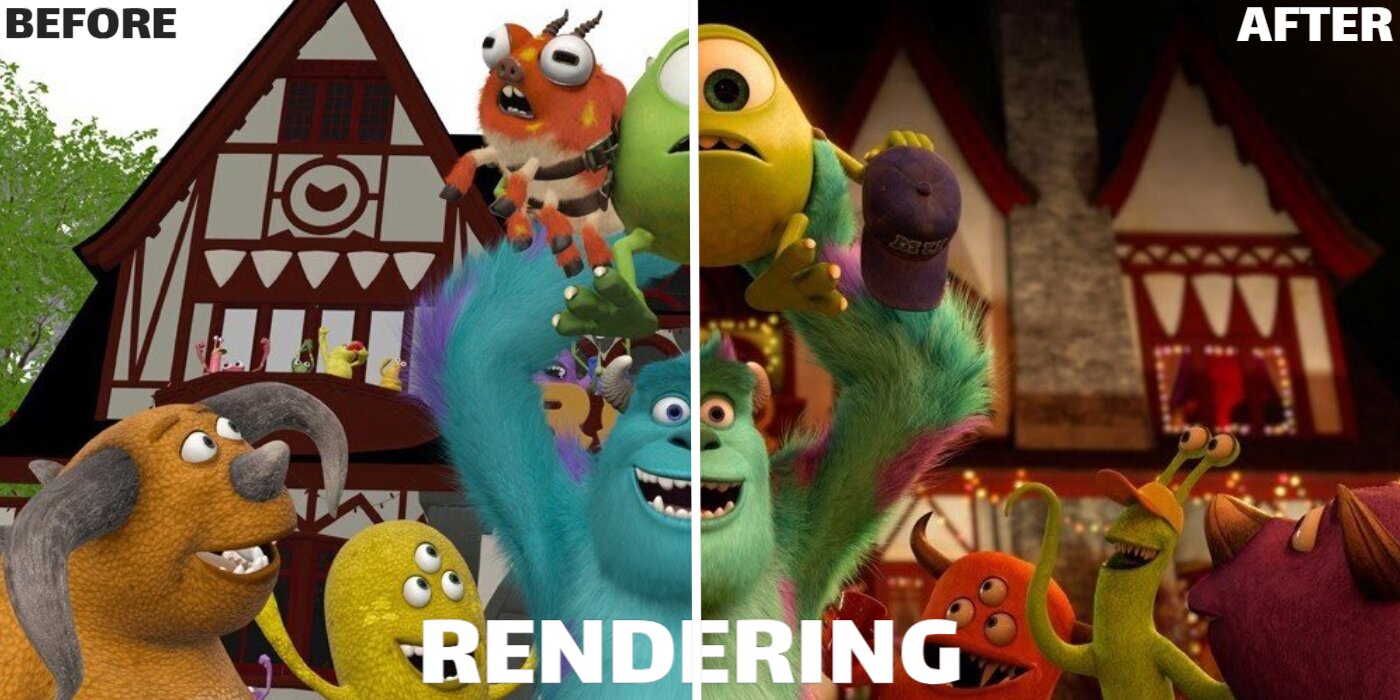
Sound Design and Music:
Sound effects and music play a crucial role in setting the mood and atmosphere of your film. The Sound designers will create or select appropriate sounds, while composers may write original music to accompany the action on screen. Once it’s done, It’s time to start the conversation after the characters have been sorted. Finding the right actors to play characters is a difficult task in and of itself.
Editing:
Once all the elements of the film have been created, they need to be edited together into a cohesive whole in a really artistic manner. This involves arranging the scenes, adding transitions, and fine-tuning the timing and pacing of the film. Video editors spend hours refining, editing, and polishing your work; they are problem solvers as well as artists. essentially carrying out nearly all necessary tasks to produce a successful animation.
Post-Production:
Post-production involves any final touches or adjustments that need to be made to the film before it’s ready for release. This might include color correction, adding credits, or creating promotional materials. You handle every aspect of refining your animated work during the last stages of film production. This includes working with sound effects, voice-overs, and, in certain situations, dubbing, as well as editing raw film to piece sequences together. Post-production consists of three primary steps in total:
- Composting
- Audio editing
- Video editing
Distribution and Promotion:
Once your film is complete, you’ll need to distribute it to your intended audience. This could involve screening it at film festivals, releasing it online, or seeking distribution deals with studios or streaming platforms. You’ll also need to promote your film to generate interest and attract viewers.
In Conclusion, Each of these Animation steps requires careful planning, coordination, and collaboration between various members of the production team, including writers, artists, animators, voice actors, and technicians. Making an animated film can be a time-consuming and labor-intensive process, but with dedication and creativity, it can also be incredibly rewarding.
Although it is rewarding, it is of utmost importance to minimize even minute errors especially to expert eyes as to non-experts it usually goes unnoticed. The errors detected may bring a bad reputation to a production thereby directly affecting both the output and the production studio. This in fact determines the future of the respective studio since the whole industry is seen through the lens of it.

